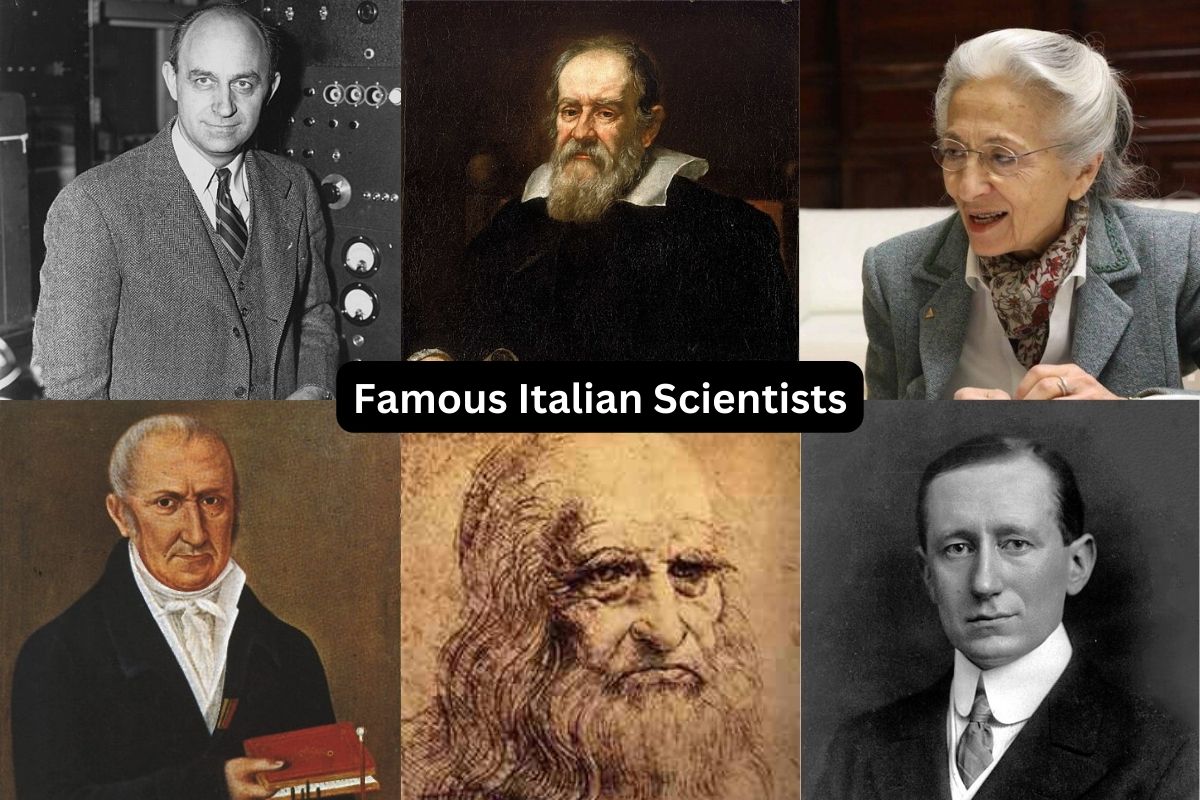Throughout history, Italy has been a cradle of scientific innovation and intellectual achievement, producing a remarkable array of brilliant minds who have left an indelible mark on various scientific disciplines.
From pioneering astronomers and physicists to groundbreaking biologists and inventors, Italian scientists have significantly shaped the course of human knowledge.
In this article, we will delve into the lives and contributions of some of the most famous Italian scientists, each of whom has made profound and lasting impacts in their respective fields.
Join us as we explore their remarkable achievements and their enduring legacy in the world of science.
Famous Italian Scientists
1. Galileo Galilei (1564-1642)
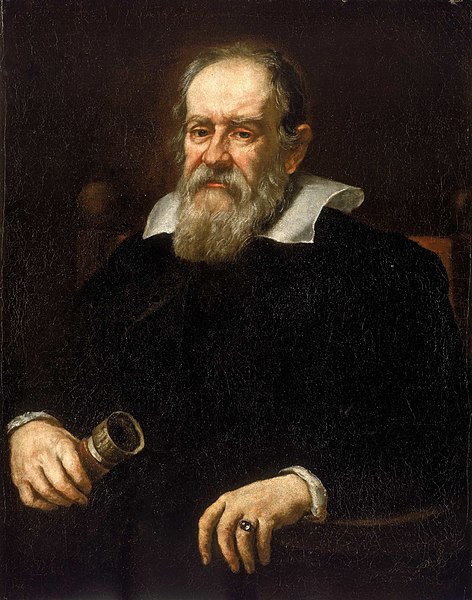
Galileo Galilei is one of the most renowned figures in the history of science. He was an astronomer, physicist, and mathematician.
In the early 17th century, Galileo made groundbreaking astronomical observations with his telescope, discovering features on the Moon, the four largest moons of Jupiter (now called the Galilean moons), and the phases of Venus. These observations provided strong evidence for the heliocentric model of the solar system proposed by Copernicus.
Also Read: Famous Russian Scientists
Galileo also formulated the law of falling bodies, describing how objects fall under the influence of gravity, and made important contributions to the development of modern physics.
His works, including “Dialogue Concerning the Two Chief World Systems” and “Discourses and Mathematical Demonstrations Relating to Two New Sciences,” had a profound impact on the scientific revolution and the transition from geocentrism to heliocentrism.
2. Leonardo da Vinci (1452-1519)

Leonardo da Vinci was a true Renaissance genius, excelling not only in art but also in various scientific disciplines. He is often described as the “Universal Genius.”
In the field of anatomy, Leonardo conducted extensive dissections of the human body, producing detailed and accurate anatomical drawings that advanced our understanding of human physiology.
Also Read: Most Famous French Scientists
He was an avid observer of nature and made numerous scientific sketches and notes on topics ranging from botany and geology to fluid dynamics and engineering.
Leonardo’s engineering designs included concepts for flying machines, war machines, and bridges, many of which were ahead of their time and demonstrated his innovative thinking.
3. Alessandro Volta (1745-1827)

Alessandro Volta was a physicist and chemist who is best known for inventing the first practical electric battery, known as the “Voltaic Pile,” in 1800.
The Voltaic Pile was a stack of alternating zinc and copper discs separated by cardboard soaked in saltwater. It produced a continuous electric current, marking the birth of electrochemistry and the study of electricity.
Volta’s invention laid the foundation for the development of modern batteries and the understanding of electrical circuits. The unit of electrical potential, the “volt,” is named in his honor.
His work in electricity and electromagnetism had far-reaching applications in various fields, including telecommunications, electroplating, and electrotherapy.
4. Enrico Fermi (1901-1954)
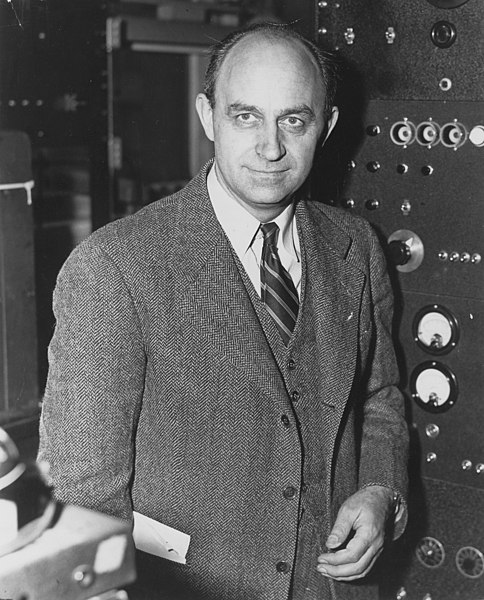
Enrico Fermi was an Italian-American physicist known for his pioneering work in nuclear physics and quantum mechanics.
Fermi made significant contributions to the development of the theory of beta decay, the creation of the first nuclear reactor (Chicago Pile-1), and the discovery of new elements through the process of nuclear transmutation.
During World War II, Fermi played a crucial role in the Manhattan Project, which led to the development of the first atomic bomb.
He received the Nobel Prize in Physics in 1938 for his work on the artificial production of radioactive isotopes.
5. Guglielmo Marconi (1874-1937)

Guglielmo Marconi was an electrical engineer and inventor who is often credited with the invention of the radio.
In 1895, Marconi conducted experiments that led to the development of the first practical wireless telegraphy system, enabling long-distance communication without the need for physical wires.
Marconi’s wireless technology played a crucial role in maritime communication and was instrumental in the establishment of global radio communication networks.
He was awarded the Nobel Prize in Physics in 1909 for his contributions to wireless telegraphy.
6. Rita Levi-Montalcini (1909-2012)

Rita Levi-Montalcini was a neurobiologist who made significant discoveries related to nerve growth factors (NGF).
Alongside Stanley Cohen, she identified and characterized NGF, a protein essential for the development and maintenance of nerve cells in the nervous system.
Her groundbreaking work in neurobiology had far-reaching implications for understanding neural development, regeneration, and degenerative diseases.
Levi-Montalcini was awarded the Nobel Prize in Physiology or Medicine in 1986 for her contributions to the field of neurobiology, becoming one of only a few women to receive this honor in the sciences.
7. Antonio Meucci (1808-1889)
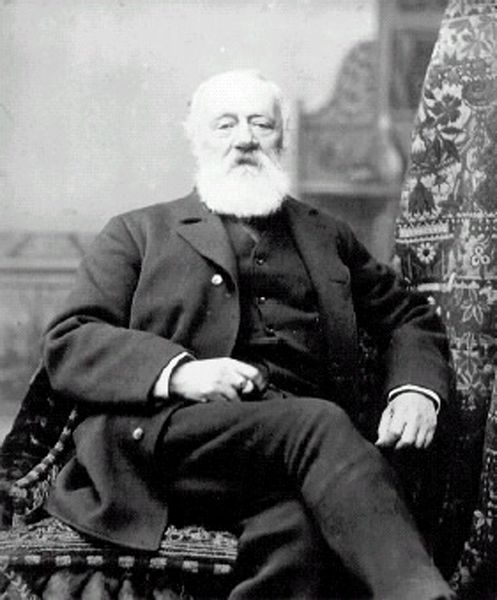
Antonio Meucci was an inventor and scientist known for his early work on voice communication technology, particularly the development of an early telephone prototype.
In the 1840s, Meucci conducted experiments with voice transmission using various devices and conducted demonstrations of his “telettrofono” to transmit voice over a wire.
While Meucci made significant contributions to the development of voice communication, he faced financial difficulties and was unable to secure a patent for his invention. The credit for inventing the telephone is often attributed to Alexander Graham Bell, who received a patent for a similar device in 1876.
In 2002, the U.S. Congress passed a resolution recognizing Meucci’s contributions to the invention of the telephone.
8. Evangelista Torricelli (1608-1647)

Evangelista Torricelli was a mathematician and physicist who is best known for inventing the mercury barometer in 1643.
Torricelli’s invention of the barometer was a groundbreaking achievement in the study of atmospheric pressure. It allowed for the measurement of air pressure and the understanding of variations in weather.
His work laid the foundation for the study of vacuum and the principles of fluid mechanics, influencing later developments in hydrodynamics and aerodynamics.
Torricelli’s experiments and theories greatly advanced our understanding of the natural world.
9. Emilio Segrè (1905-1989)
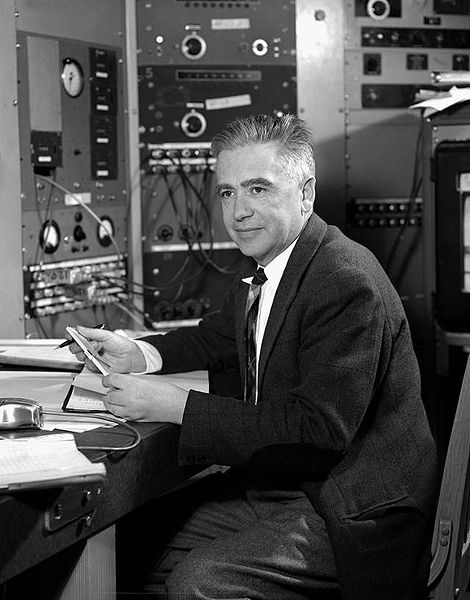
Emilio Segrè was an Italian-American physicist known for his contributions to nuclear physics and particle physics.
He played a significant role in the discovery of the antiproton, a subatomic particle with the same mass as a proton but with opposite charge.
Segrè was involved in the Manhattan Project during World War II, working on the development of the atomic bomb.
He received the Nobel Prize in Physics in 1959 for his work on the discovery of the antiproton and his contributions to the understanding of nuclear structure.
10. Maria Gaetana Agnesi (1718-1799)
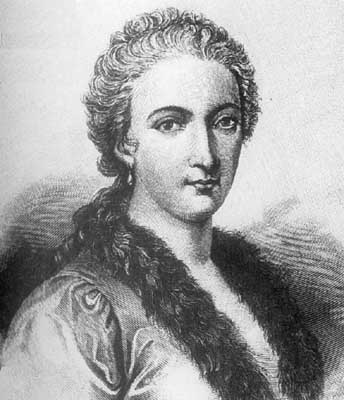
Maria Gaetana Agnesi was an Italian mathematician and philosopher known for her work in calculus and mathematics education.
She authored “Instituzioni Analitiche ad Uso della Gioventù Italiana” (“Analytical Institutions for the Use of Italian Youth”), a comprehensive textbook on differential and integral calculus. It was one of the first textbooks on calculus and served as a valuable resource for students.
Agnesi was one of the first women to achieve recognition in the field of mathematics during the 18th century, and her work laid the groundwork for the development of calculus.
In addition to her mathematical achievements, she was also known for her philanthropic and charitable work.
